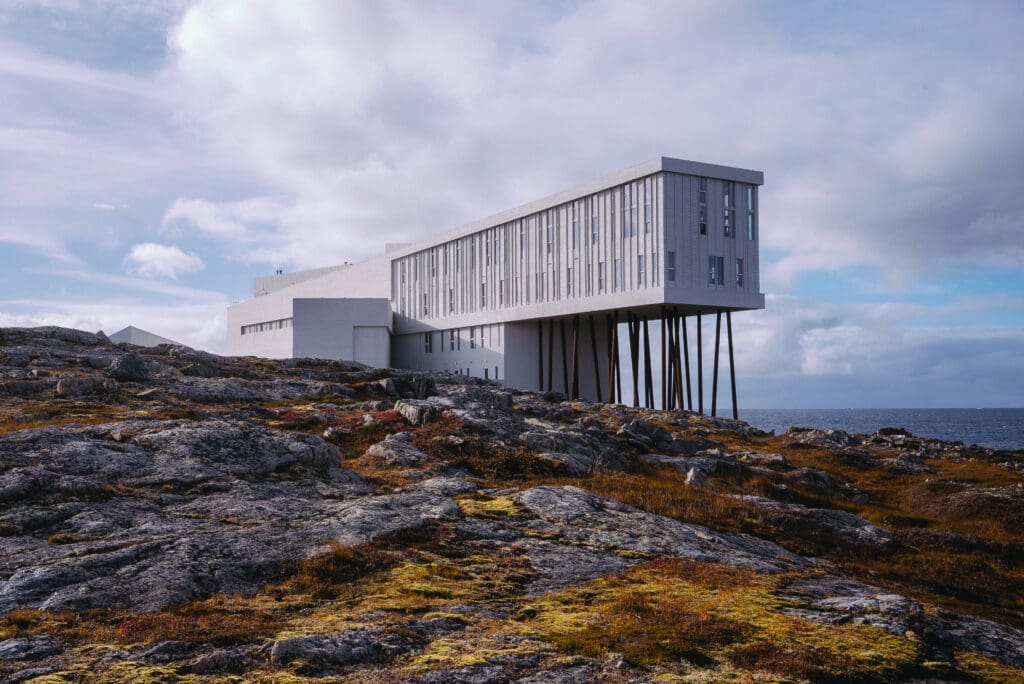Heritage tourism is no longer just about visiting the past -it’s about living in it. As travellers seek deeper connections with place, a new wave of hospitality is reshaping historic buildings into immersive stays that honour legacy while nurturing the future.
At the heart of this shift is adaptive reuse: the transformation of culturally significant structures into hotels that preserve architectural soul while embracing modern comfort.
Take Borgo Pignano in Tuscany, a restored 18th-century estate where frescoed villas and medieval farmhouses now host guests amid organic gardens and biodynamic vineyards. The property’s revival involved meticulous restoration using local stone, lime-based paints, and reclaimed wood – minimising environmental impact while celebrating regional craftsmanship. Guests dine on estate-grown produce and participate in artisan-led workshops, making the experience both tactile and transformative.
In India, RAAS Devigarh reimagines a 250-year-old palace in Rajasthan as a contemporary retreat. The restoration preserved intricate marble inlays and fortress walls while introducing minimalist interiors that highlight the building’s grandeur. Beyond aesthetics, the hotel supports local communities through craft initiatives and cultural programming, aligning with regenerative travel’s ethos of giving back more than it takes.
Regenerative travel goes beyond sustainability – it actively restores ecosystems and traditions. Properties like Fogo Island Inn in Newfoundland exemplify this approach. Built on the principles of cultural preservation and ecological stewardship, the inn was designed by local architects using vernacular techniques. It reinvests profits into community development, supports cod fishery revival, and offers guests immersive experiences with local storytellers and artisans.
These hotels offer more than a place to sleep – they offer a sense of purpose. Guests might learn traditional dyeing techniques in Oaxaca, forage with Sami guides in Sweden, or sleep in a former monastery where silence is part of the design. The experience is intimate, rooted, and often restorative.
As heritage tourism surges, travellers are choosing properties that reflect their values: authenticity, sustainability, and connection. Adaptive reuse not only conserves architectural heritage it reduces construction waste, honours local materials, and fosters cultural continuity. When paired with regenerative principles, these stays become catalysts for healing not only of land but memory and community.
In a world hungry for meaning, heritage hotels offer something rare: the chance to inhabit history, contribute to its future, and wake up inside a living legacy.


